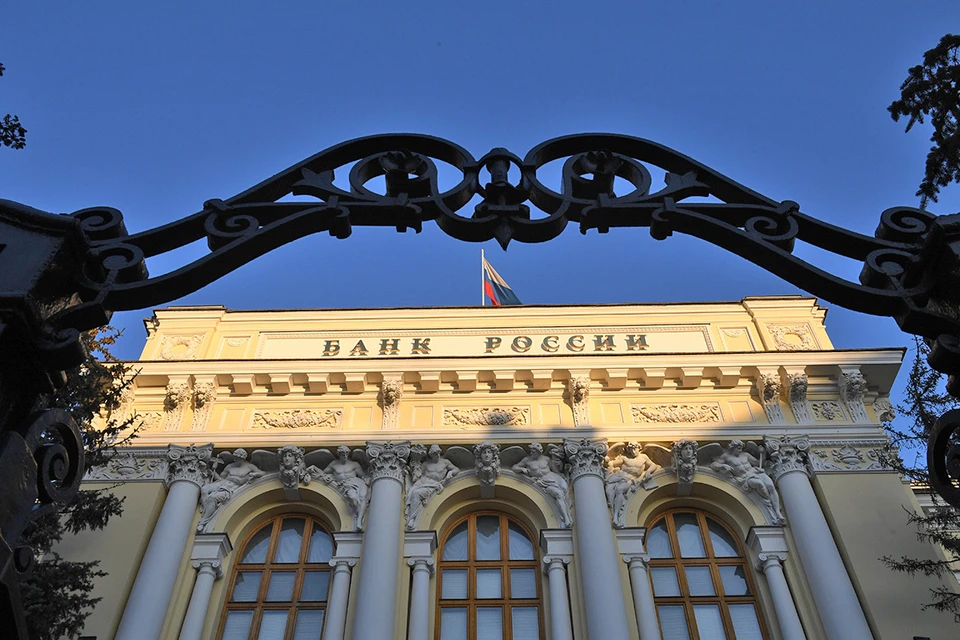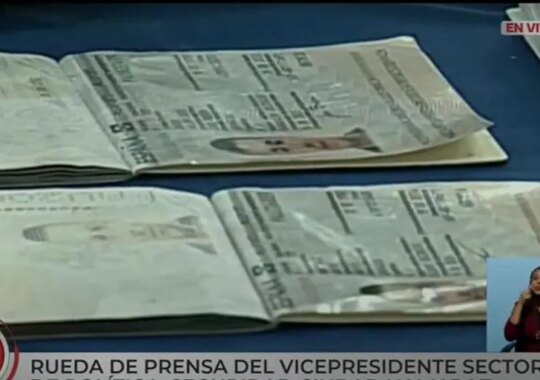
The Central Bank made a decision – the key rate was again raised to 13% per annum.
Photo: Mikhail FROLOV
This Friday at the Central Bank made a difficult decision. The key rate was increased again – to 13% per annum. The head of the Central Bank explained this by rising inflation. They say that price growth is accelerating. And it must be brought down before this process accelerates too much. How long will we have to live with high stakes now? Will it be possible to strengthen the ruble? So what should depositors and borrowers do?
HARD POLITICS
13% per annum is a lot and quite tough. Of course, not 20%, as it was last spring. But it’s also decent. Moreover, now the Central Bank does not plan to rush to lower the key rate. First you need to make sure that inflation has really begun to slow down.
– We have updated the macroeconomic forecast and, based on it, we are clarifying the level of the key rate that is necessary to achieve the inflation target of 4% by the end of next year. In the current conditions, returning to the goal will require a long period of tight monetary policy,” explained Elvira Nabiullina during a press conference.
She did not specify which period she meant. Apparently, in the next six months we will definitely live with a double-digit rate. Maybe longer. This means that deposit rates will remain high and it will be possible to get good returns on them. But borrowing money in the coming months will be expensive. Average rates on cash loans already exceed 21% per annum. Market mortgages are already issued at 14 – 15% per annum. Experts consider such rates on home loans to be essentially prohibitive.
LOTS OF MORTGAGES – MORE RISKS
True, the real estate market now lives mostly on steroids. The rise in prices is influenced by preferential mortgage programs. They warm up the market and prevent real estate prices from falling. For example, subsidized loans account for 90% of purchases in the primary market. But on the secondary chocolate market there are no such conditions.
– Mortgages are indeed growing at an accelerated pace. If we take it in annual terms, as of September 1, the growth rate was about 30%. This worries us because it leads to a gap in housing prices in the primary and secondary markets. It remains at a level of about 40%, Nabiullina explained.
In other words, having bought an apartment in a new building, you can sell it on the secondary market at a serious discount. This is because the difference in interest rates affects the monthly payment. And such a disproportion creates risks of default. If the borrower cannot pay the bank, then he may remain its debtor even if he sells the apartment.
SALE OF CURRENCY PROCEEDS AND RUBLE RATE
In theory, an increase in the key rate should also affect the ruble exchange rate. The higher the rate, the higher the exchange rate of the national currency. But something in this mechanism seems to have broken. The ruble did not respond to the Central Bank’s actions with growth. On the contrary, it even began to weaken, again exceeding 97 rubles per dollar.
Many experts offer other options for strengthening the ruble. But the head of the Central Bank believes that they are unlikely to be effective.
– Transferring funds to a foreign bank does not in itself create demand for currency. Demand arises at the moment when this currency is purchased. Demand can only be influenced by increasing the attractiveness of the ruble as a store of value,” Nabiullina said.
And high rates on the same ruble deposits or bonds are just one of the incentives that can affect supply/demand in the foreign exchange market. At the same time, forcing the same exporters to sell foreign currency earnings within the country also does not make sense, said the head of the Central Bank.
– Having sold their foreign currency earnings, exporters can buy it back in the quantities they deem necessary. As a result, the turnover in the foreign exchange market will increase, but the balance of supply and demand for currency will not change. This will not have a significant effect on the course,” Nabiullina explained.
In her opinion, putting unnecessary obstacles to business now is counterproductive. Firstly, this will prevent them from engaging in parallel imports and import substitution. And this is important now. Secondly, they will still find loopholes to get around any restrictions, including currency ones. But at the same time, they will include additional costs in the price of the goods, which will only lead to an additional acceleration of inflation.
TOTAL
Perhaps there is some truth to these arguments. But the increase in bank rates can hardly be considered positive for the economy. More expensive loans reduce incentives to expand production and can also lead to higher prices. The Central Bank’s forecast for inflation at the end of the year is from 6 to 7%. Why in such conditions keep the key rate twice as high is a big question that remains unanswered.
The actions of the Central Bank look doubly strange, given the fact that previous rate increases did not really affect the ruble exchange rate or inflation. That is, the damage to economic growth and development at a high rate will be 100%, but the likelihood of achieving the stated goals is unlikely.
Why then the Central Bank so persistently rejects other options for solving this problem, preferring only conservative methods, is a mystery. In much more nervous and unpredictable conditions last spring, the regulator managed to work as efficiently as possible. Now there is a feeling of indecision…
LISTEN ALSO
The rich have become closer to the poor: wage inequality is decreasing in Russia (more details)



